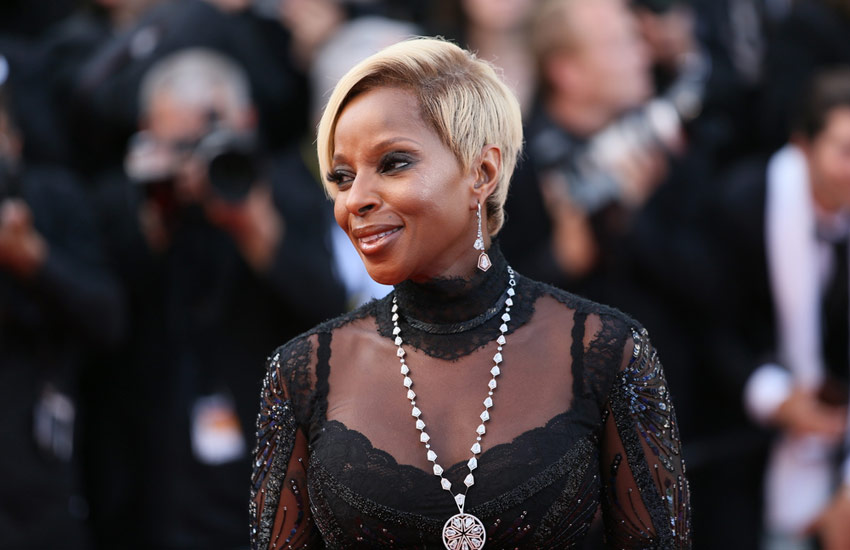How Mary J. Blige Faced Racism, Got Treated Like A “Street Kid” While Shopping For Luxury Fashion In the ’90s”

Mary J. Blige, the legendary queen of Hip-Hop and R&B, may be gearing up for her Rock and Roll Hall of Fame induction this October, but her rise to superstardom wasn’t always met with open arms. In a candid moment from the new docuseries In Vogue: The 90s, Mary recalls an unsettling experience in the early ’90s when she and stylist Misa Hylton were shopping for luxury fashion — and faced blatant discrimination.
Misa, now a renowned stylist, reflects on their early days working together in episode 5 of the series, titled “Hip Hop Takes Fashion.” She recalls, “Mary J. Blige is the first artist I ever styled. When we met, we immediately clicked. We loved the same fashion. We loved hip-hop. We loved style. So at this time, the early ’90s, we were making money, and we were able to shop and able to buy things that are more expensive and more luxury.”
For Mary, who had grown up without much, shopping for those high-end pieces was a significant milestone. “I’ve been in a lot of stores with Misa. We were shopping so much because we never had a lot. Once we were able to shop and get the things we wanted, we were blowing our credit cards to smithereens,” she shared, remembering the thrill of finally being able to buy the things she’d always wanted. But not everyone was as excited about their newfound success.
One day, Mary and Misa walked into a luxury boutique, ready to shop. But when it came time to pay, things took an uncomfortable turn. “…The sales associate keeps telling us, ‘The card’s declining.’ They keep trying,” Misa recalls.
Confused, the singer and the stylist called the credit card company, only to learn that their cards were perfectly fine. The truth was painfully clear. “The card’s not declining. It’s actually not even being rung. Like, ‘Oh, okay. You don’t want us to buy these items.’ It’s because we were young and we were Black, and they could not figure out how we were spending this much money. They didn’t even realize who Mary J. Blige was yet, and so you see how luxury fashion brands didn’t really value us or didn’t respect us. They didn’t see their brands on us,” Misa recounted.
Despite Mary’s rising fame, the staff had no idea who she was — and they didn’t care. “They were rejecting us,” Mary says, adding, “They were treating us like little street kids. They didn’t want to — they probably didn’t want to take our business. They weren’t treating us the way they treat us now. Absolutely not.”
This episode of In Vogue: The 90s not only highlights Mary’s experience with racism but also delves into how hip-hop stars like her and Missy Elliott fought for recognition in the world of high fashion. Fashion icons like Tommy Hilfiger and Naomi Campbell, alongside Vogue’s editor-in-chief Anna Wintour, also share their thoughts on the shifting relationship between hip-hop and fashion in the ’90s.
One of the highlights in the episode is Mary and Missy Elliott’s groundbreaking 1998 Vogue photoshoot with Lil’ Kim. Missy remembers how significant that moment was for Black women in fashion. “It took a lot to be able to get into Vogue. The strength of showing three Black women in this particular article — that was a huge deal,” she says.
Today, Mary is a global icon, with millions of records sold, nine Grammys under her belt, and a lasting legacy in both music and fashion.
